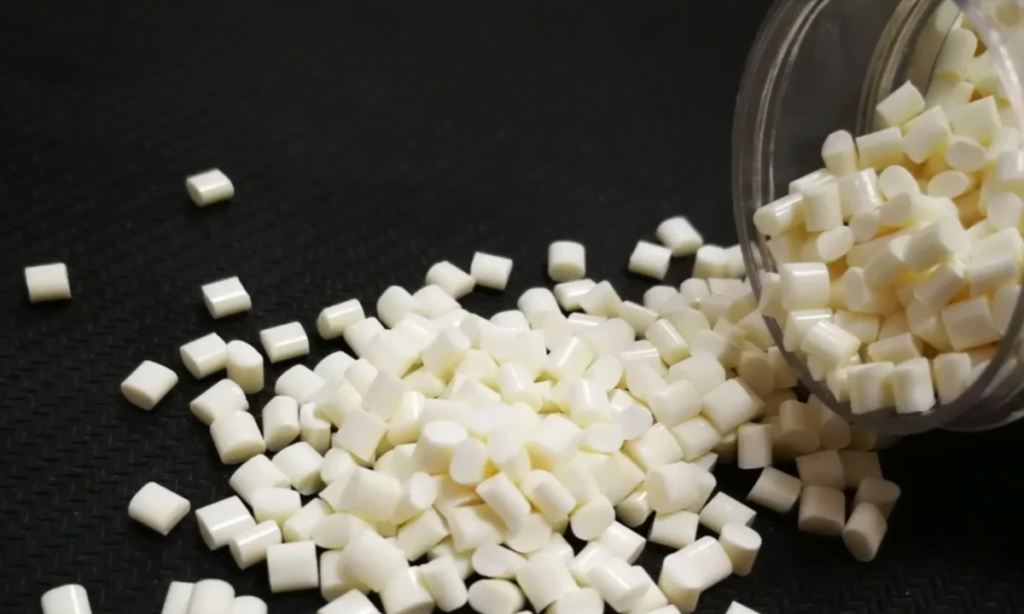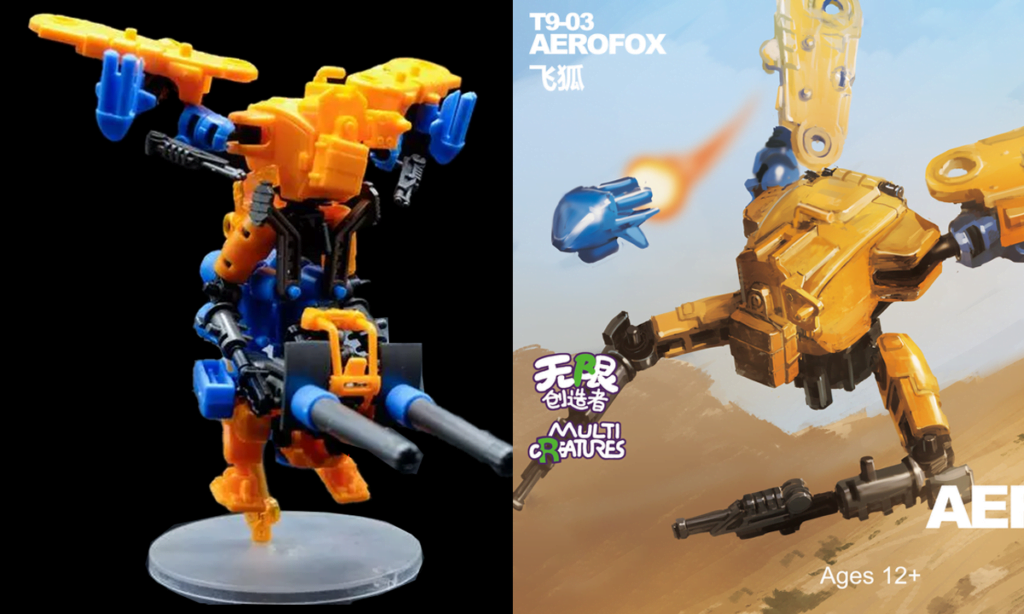Limited Weather Resistance - Low Melting Point Restricts High-Temperature Applications
ABS plastic exhibits a relatively low melting point compared to other plastics, rendering it unsuitable for high-temperature environments, especially applications exceeding 160 degrees Celsius. Its susceptibility to softening and deformation in elevated temperatures makes it less applicable in toys requiring high-temperature resistance.


Susceptibility to Solvents - Poor Fatigue Stress Resistance and Limited Resistance to Solvents/Greases
In prolonged use or under intense stress, ABS plastic shows subpar fatigue stress resistance. Simultaneously, its limited resistance to solvents and greases may pose issues in environments where toys may come into contact with these chemical substances.


Emission of Harmful Gases during Thermal Processing
The heating of ABS plastic releases substantial amounts of smoke and harmful gases, posing a potential threat to both workers and the environment. Protective measures must be implemented during the production process to mitigate potential health hazards.


Non-Biodegradability and Potential Environmental Pollution
ABS, being a non-biodegradable plastic, persists in the environment for an extended period and proves challenging to decompose. If waste is not recycled, it can lead to potential environmental pollution, adversely impacting ecosystems. Toy manufacturers should consider alternative biodegradable materials to reduce environmental impact.


Weather and Friction Sensitivity
ABS plastic is prone to rapid degradation when exposed to prolonged weather conditions and high-friction environments. For toys intended for outdoor use or subjected to high-friction conditions, manufacturers may need to explore more weather-resistant materials to ensure longevity and performance.


A Quick Tip
While ABS plastic boasts application advantages in toy manufacturing, understanding its limitations is crucial for both consumers and producers. This knowledge ensures that the final products not only deliver optimal performance but also adhere to environmental and health standards. By opting for suitable alternative materials or implementing effective manufacturing processes, the industry can overcome the drawbacks of ABS plastic, enhancing overall toy quality and sustainability. This approach contributes to steering the industry towards more environmentally friendly and consumer-safe practices, meeting the demand for high-quality toy products.









